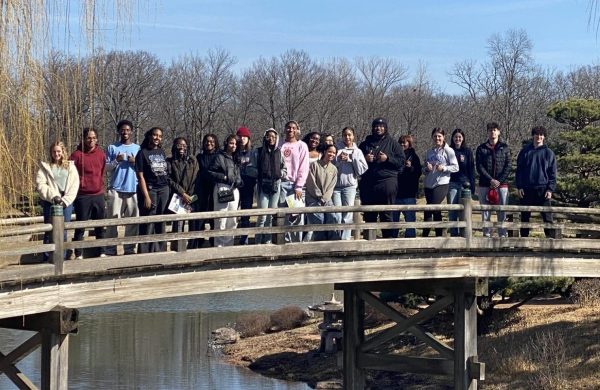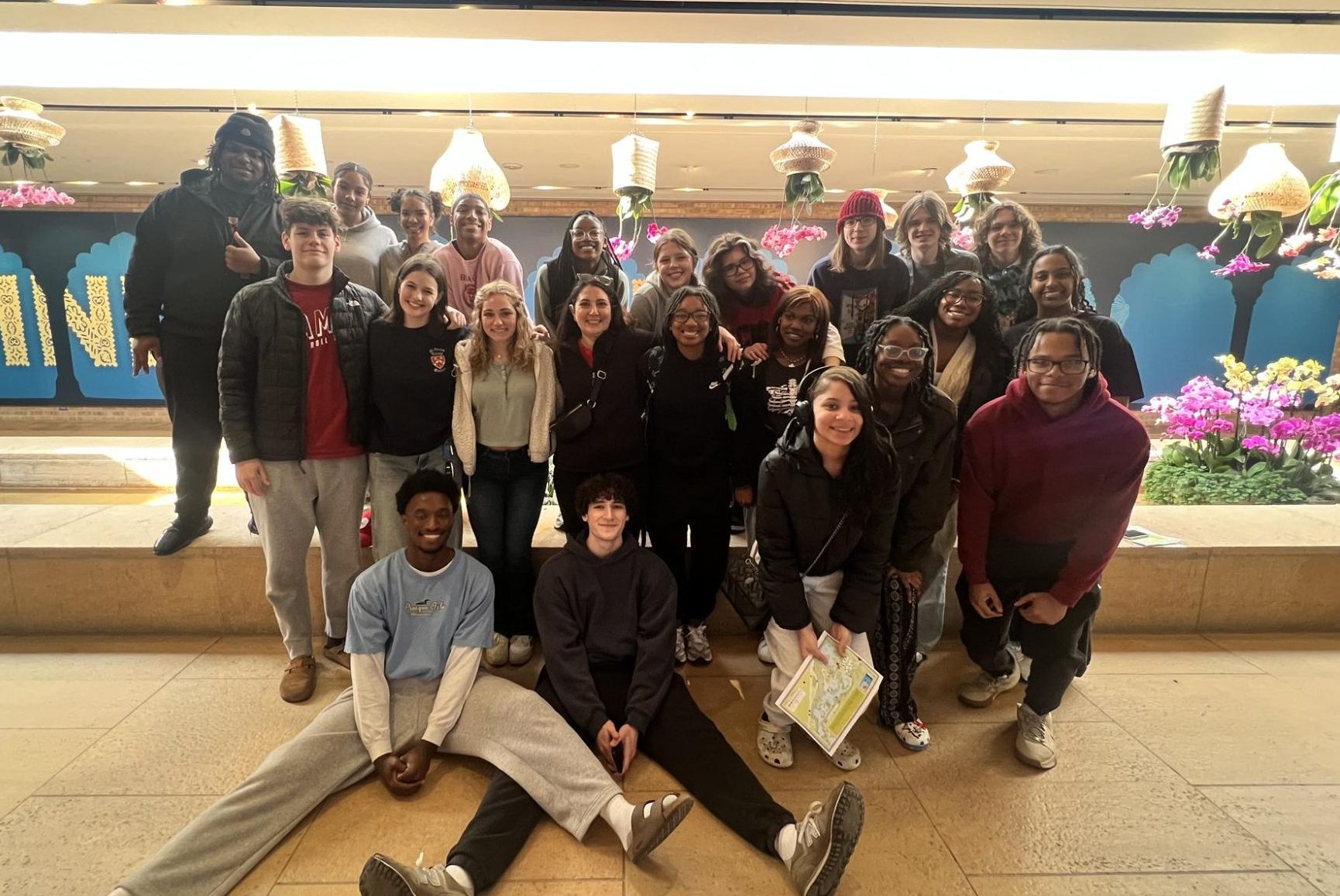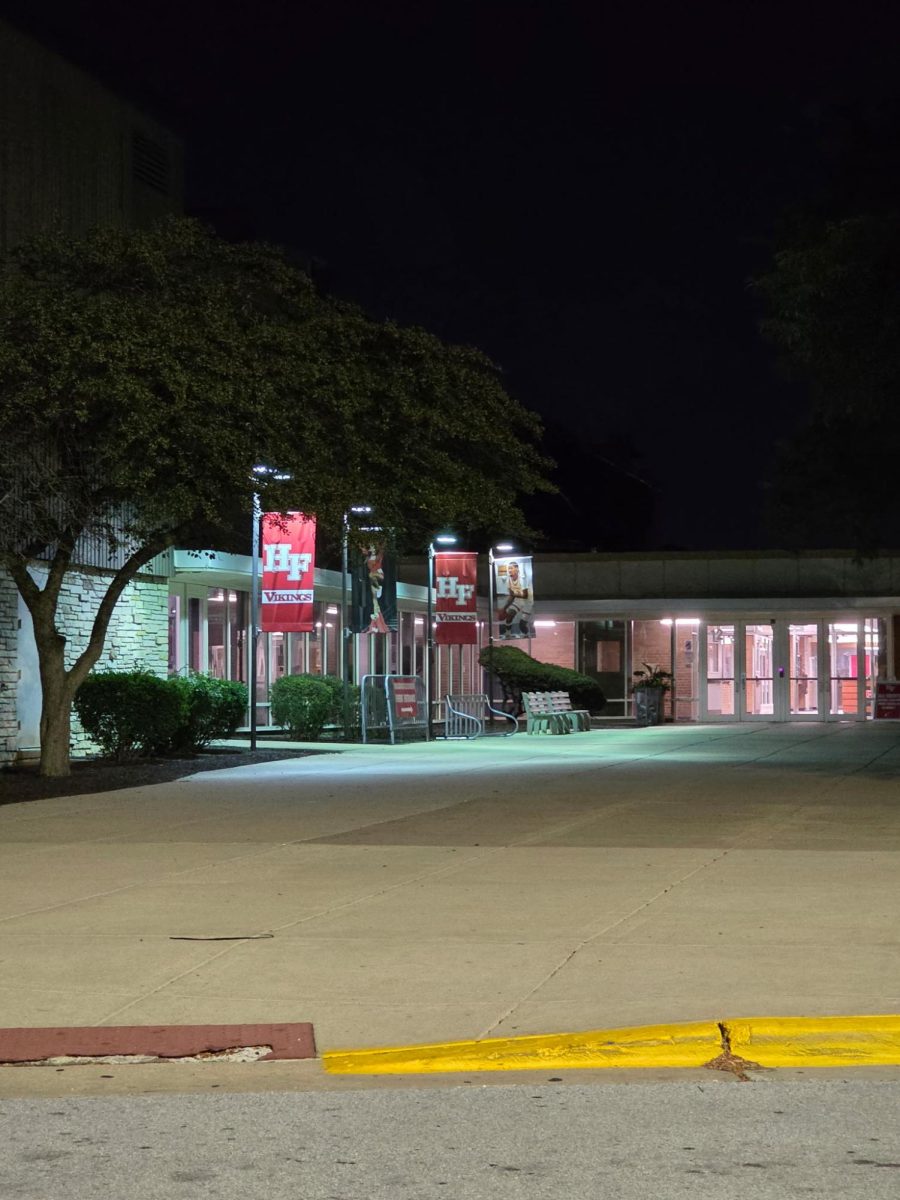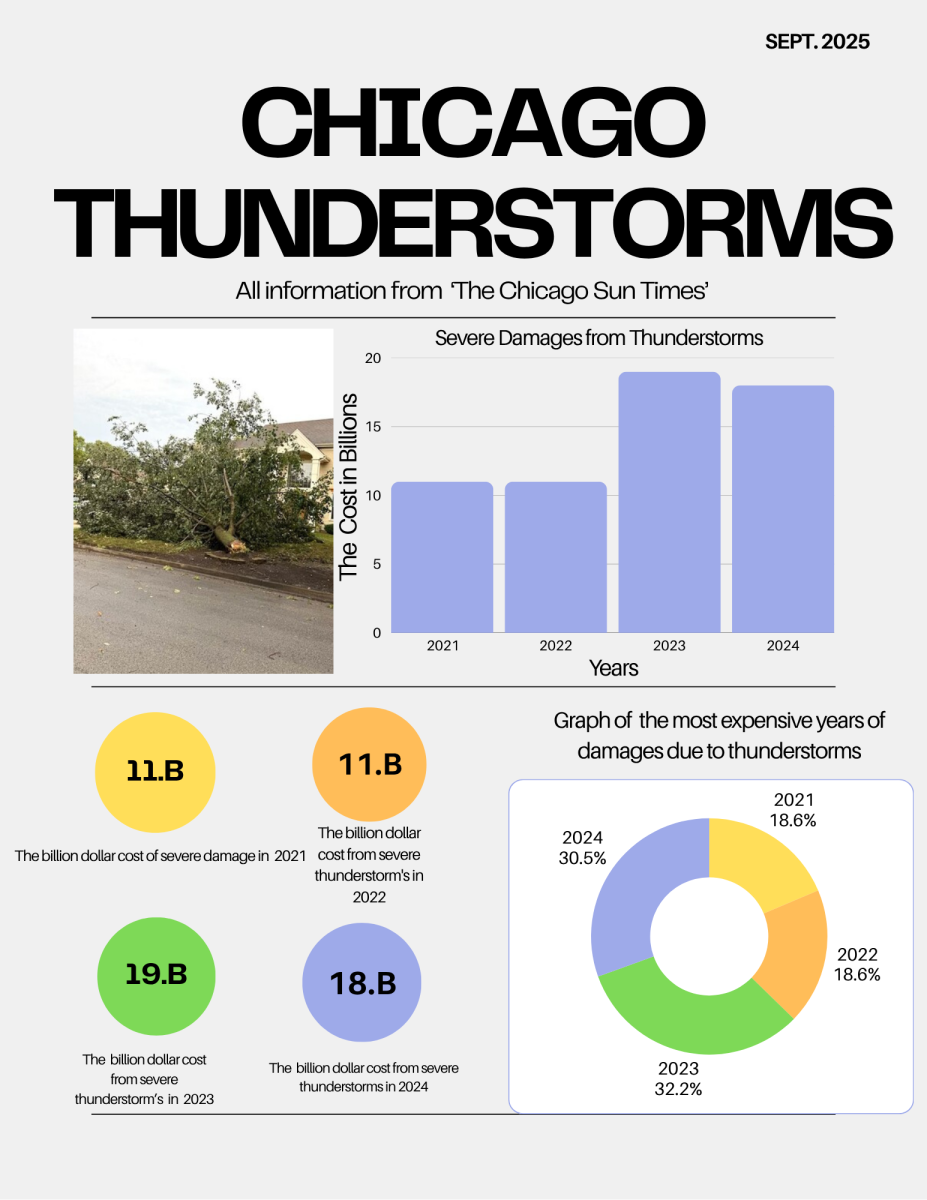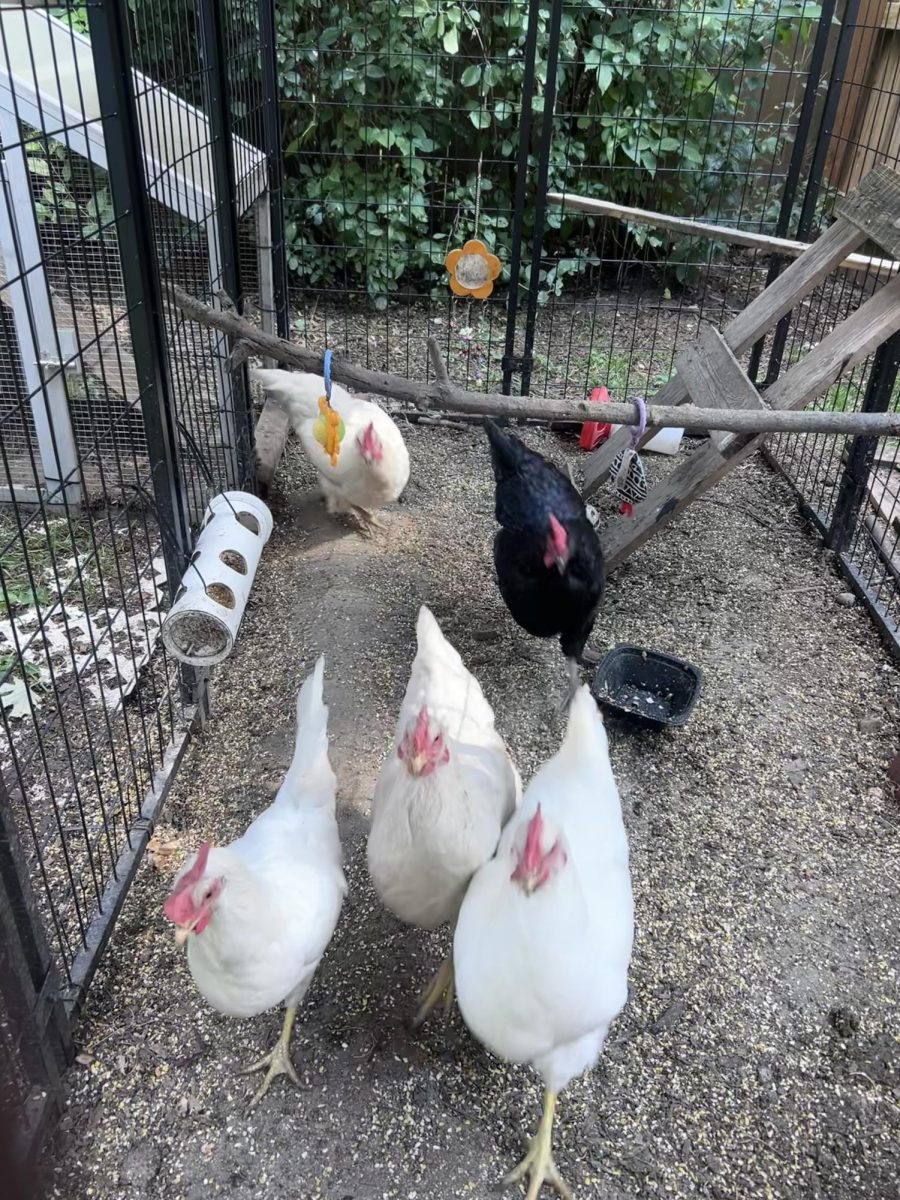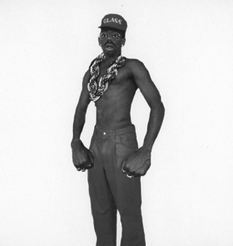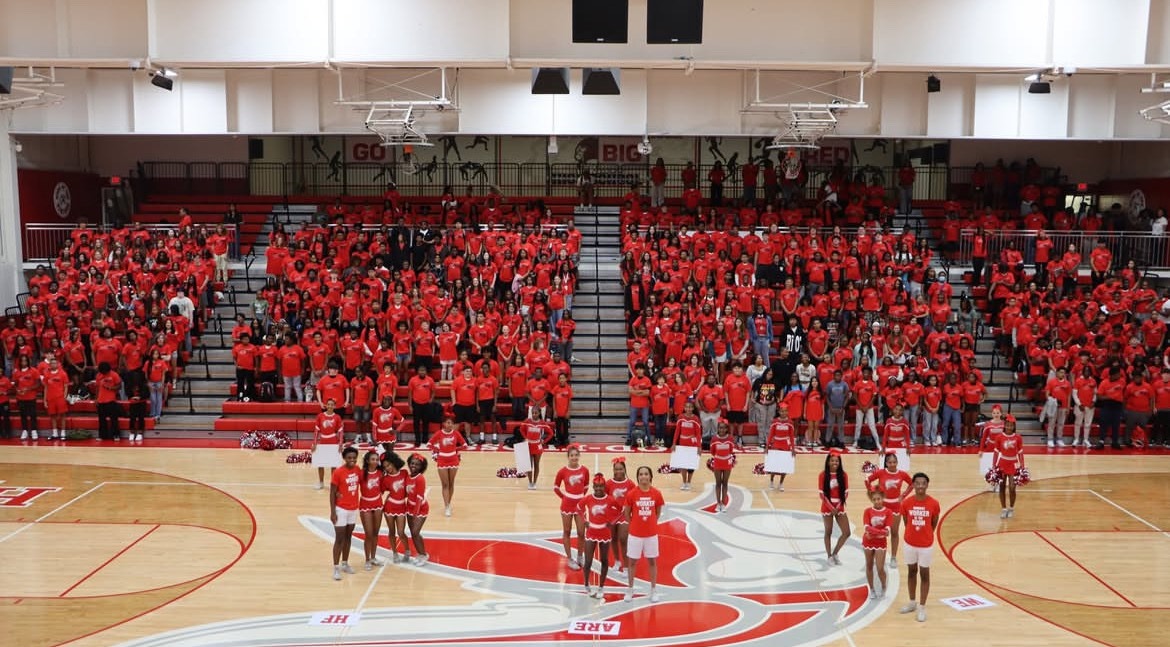On March 19, AP Environmental Science teacher Stephanie Gioiosa and her third-period class visited the Chicago Botanical Garden to connect with what they were learning in class..
The class emphasizes the importance of field research, experimental design and data collection methods, along with other topics including scientific principles, environmental concepts and problem analysis.
The Chicago Botanic Garden is a world-renowned living museum that houses a collection of different plants in order to inspire people to connect with plants through science, urban agriculture, lifelong learning opportunities and the beauty of horticulture.
As the only teacher for this course, Gioiosa plans these trips on her own for her students to hopefully give them a long lasting experience. Gioiosa takes students on this field trip every year, usually in April. The reason she does this is because she wants to take her students to places they haven’t been to. Additionally, it is relevant to what they learn in class.
Near the day of the field trip, senior Adia Douglas said, “at the time, we were in a unit about plants, energy and pollution.”
Senior Ahmad Powell added, “I think that helps because it shows us a real life example of what we’re learning and shows that what we do learn in this class can translate to real life and possibly have a career for us.”
Students who go on this field trip tend to enjoy their experience at the Botanical Garden with their classmates and don’t regret their decision.
Powell expressed how they not only made lots of memories but they also had fun and it was an unforgettable experience. Douglas added on and said she wanted to go because of her interest in plants as well as the environment.
This field trip was not only a way for students to make memories and spend time with their classmates, but it also connected them to their current unit.
At the time of the field trip, the class was in a unit about biodiversity which consisted of learning about plants, energy, trees and pollution. The trip was a way for the students to see a real-life example of how what they are learning in class can translate into real life as they explore the different processes of nature.
Furthermore, Gioiosa also included that since a large portion of the class is about biodiversity, the students being able to actively see the live effects of biodiversity is amazing.
As for what they wished to have gone differently, several students wished they had the chance to explore more of the garden instead of only the main area.
Some also expressed how they were slightly disappointed with the trees being dead, but still with the let downs they thoroughly enjoyed the trip. Gioiosa also hoped that they could’ve done the field trip later so the students could have seen more of the garden and how “flowers were being utilized as art.”
If you are deciding on whether you should or shouldn’t take AP Environmental Science, current APES students Powell and Douglass speak highly of the class. Powell explained that the overall environment of the class is comfortable and makes learning fun instead of it feeling like a chore. He also said that students should “throw away all preconceived notions” and just take the class as it is an “experience worth living and really is a once in a lifetime class.”
Douglas added on, she said the class is an “interesting class” and if you apply yourself, pay attention and focus on assignments, you will do well.
